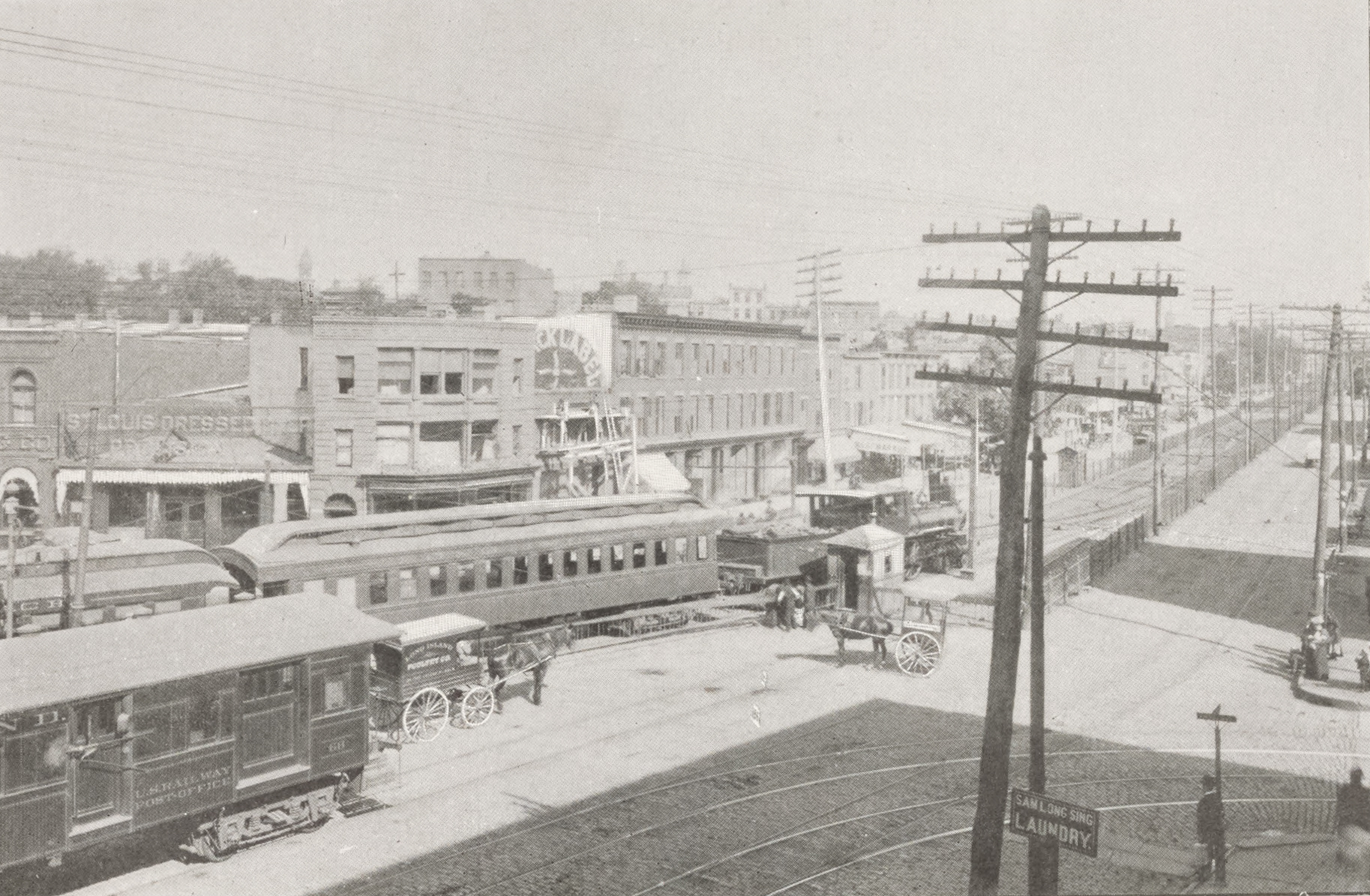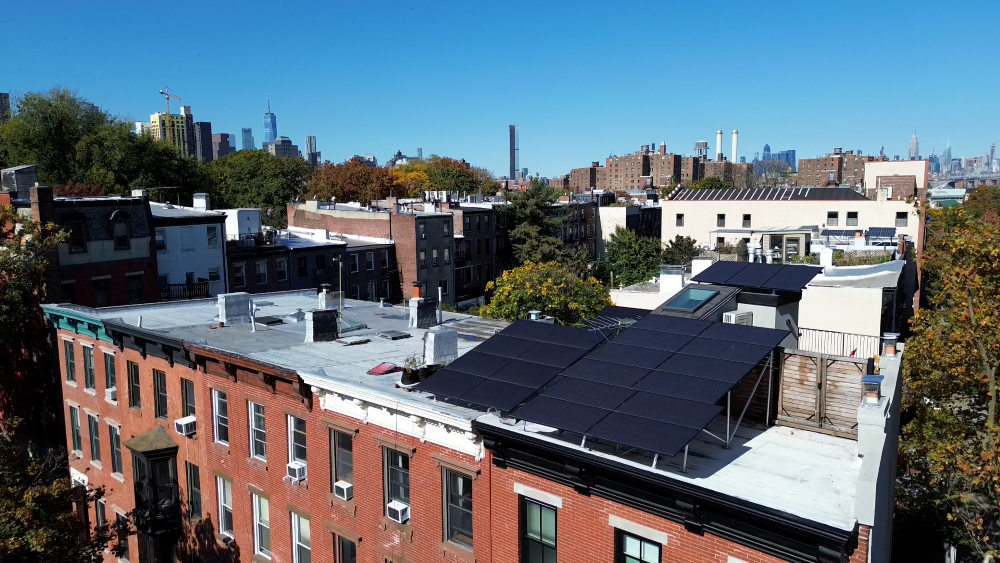An Ode to Vinyl Siding
Park Slope has its brownstones, Williamsburg its vinyl siding. To me, it’s more of a, like, bourgeois town over there, a Williamsburg renter says of brownstone Brooklyn, in this NY Times article about how vinyl siding characterizes Williamsburg homes. While it isn’t always beloved, some think vinyl siding is a testament to Williamsburg’s working class…


Park Slope has its brownstones, Williamsburg its vinyl siding. To me, it’s more of a, like, bourgeois town over there, a Williamsburg renter says of brownstone Brooklyn, in this NY Times article about how vinyl siding characterizes Williamsburg homes. While it isn’t always beloved, some think vinyl siding is a testament to Williamsburg’s working class tradition, an authentic piece of history in the neighborhood. It’s not the most beautiful thing, but it’s real, said real estate broker and investor Lewis Canfield. It’s authentic. It’s tied to the history of the neighborhood. The siding is also practical and because it receives very little upkeep it remains untouched for decades. A commenter in Greenwood Heights weighs in in this City Room discussion: “To all the haters out there, embrace the love that is vinyl! Certainly more historically authentic to many parts of Brooklyn (and beyond) that re-brownstoning or rebricking a home or adding wood lap back in the picture. Metal? Iinteresting, perhaps standing seam…but while my 1880’s frame, wood lap covered by shingles and vinyl, may never be hip, it is real for my Greenwood Heights neighborhood and my household’s budget.”
Vinyl Siding Holds its Appeal to Some in Brooklyn [NY Times]
Photo by The Lizness





vinyl siding = PBR
It is equally condescending to scorn vinyl siding as too fugly because it is found mostly in working class areas and to embrace it as hip or authentic. The reference to Tin Men is spot on (loved that movie, btw) — a lot of folks got sold a bill of goods with this stuff after WWII. That said, it is not cheap to rip it all off and replace with a nice hardiplank facade that mimics a homespun clapboard era of quaintness that may not have really existed in the burg. I love the So. Slope blocks around me where folks have done this, and we did it as part of a major reno, but I have no illusions that we have done a period-accurate restoration. So embrace vinyl siding all you want, like a nice cold PBR. It’s still the cheap stuff and you’re still posing.
[And, P.S. do not use the woodgrain side of the hardiplank if you go that route.]
Miss Heather, I do believe you’re quoted in the NYT article. Is that you?
“I would vote for tearing these ticky-tacky houses down and building nice new condos.”
That really doesn’t make a whole lot of sense when you consider Williamsburg has a large number of stalled condo projects at the moment.
These houses are fire traps. I hate reading about entire families being wiped out in fires.
“Jeez, I don’t hate the people who live in them DH. Neighborhoods are neighborhoods.”
yeah – i know. it’s very trendy on this site to hate on anything without an intact cornice or stained glass windows. north brooklyn looks the way it does for a reason. I agree with Montrose re: the developers who tear down these houses and put up new construction: but everyone has their price.
Somebody has been watching too much weeds.
They don’t need to be torn down. That just kills the human scale of the W’Burg. They still are decent streetscapes with businesses in some of them, something a modern condo usually does not have as it turns it’s back on the sidewalk and the pedestrian.
I would vote for tearing these ticky-tacky houses down and building nice new condos.
Williamsburg was largely industrial, with some nice middle class Italianate houses scattered about. The south side became teeming with immigrants crowded into former one families and new tenements after the bridge, streetcar, and finally subway/el was built.
McKenzie, what is a small business owner of a towing or plumbing company in the suburbs who votes Republican? What is an editor at the NYT whose parents are a schoolteacher and an engineer and who makes $80,000 a year in his/her 40s? How about someone whose net worth is in the millions or billions and sits on several boards of large, publicly traded corporations?
I’ll agree with Montrose. As much as I hate the vinyl claptrap cladding, I’d much rather take it over the soulless condo. Besides, some of these still have neat interior details like tin ceilings, molding, and original staircases. That is where the brownstone often loses, given the countless gut jobs.